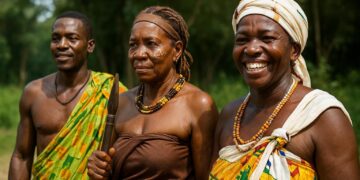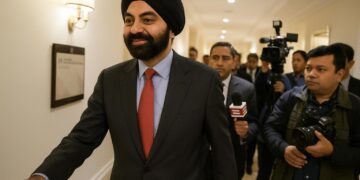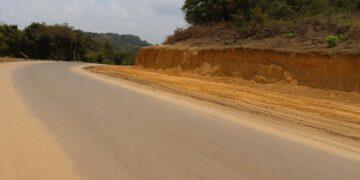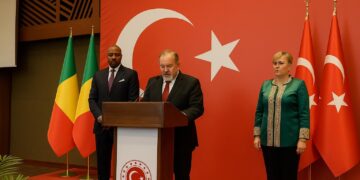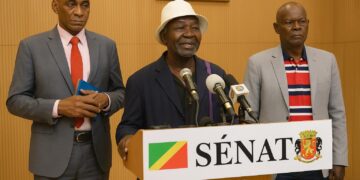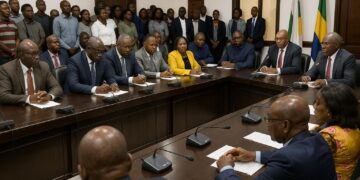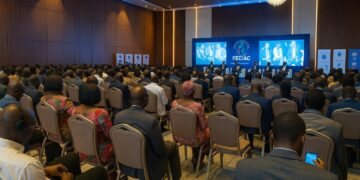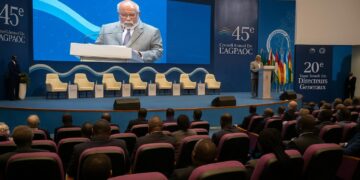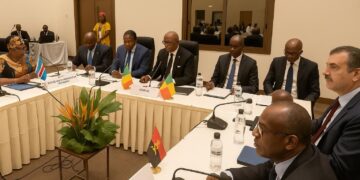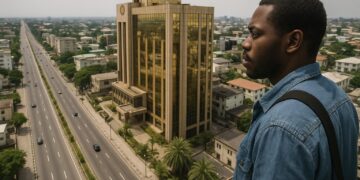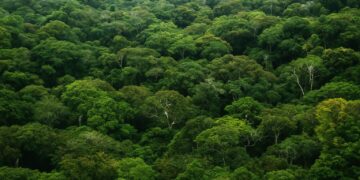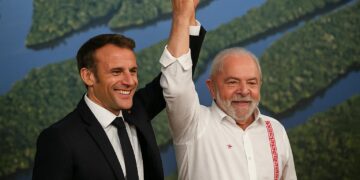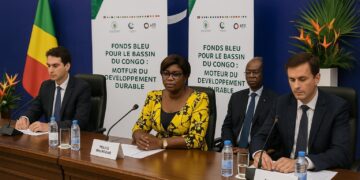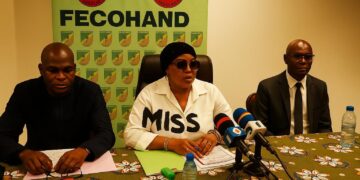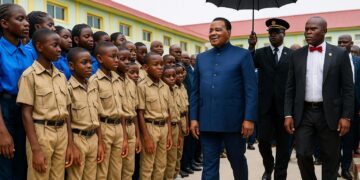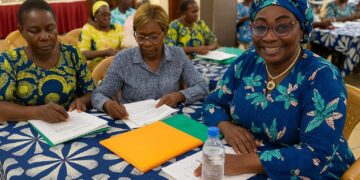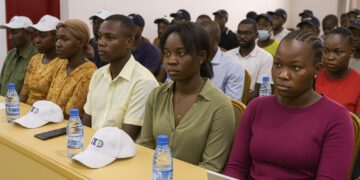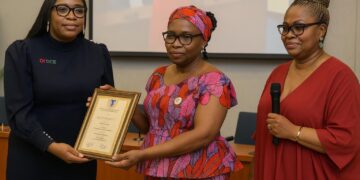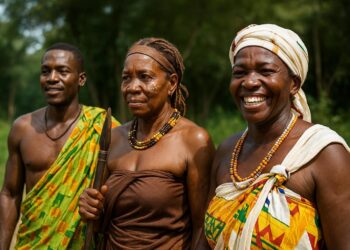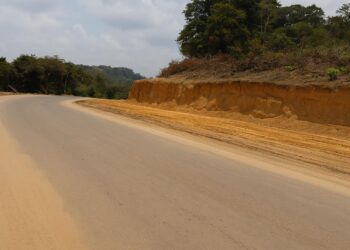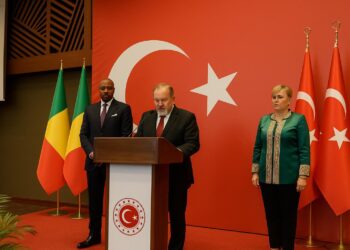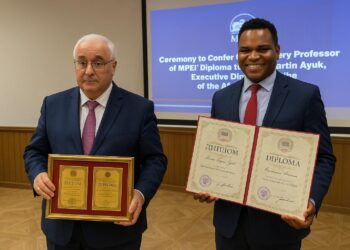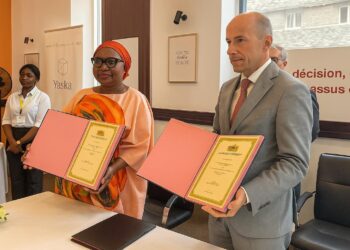A Central African Fulcrum on the Atlantic Rim
Few African states combine maritime access, equatorial biodiversity and continental crossroads with the same concision as the Republic of the Congo. Bordering five neighbours and opening onto the Gulf of Guinea, the country occupies barely 342,000 square kilometres, yet it commands a corridor linking the Atlantic world to the vast Congo Basin hinterland. Diplomats in Brazzaville frequently refer to this dual identity—coastal and heart-land—as the country’s “strategic hinge”, a phrase that has guided port modernisation projects in Pointe-Noire and logistics negotiations with Kinshasa and Bangui (ECCAS communiqué 2023).
Relief Patterns: From Sandbar to Summit
The cartography unfolds in concentric layers. Along the littoral, a low sandy ribbon rarely rising above ten metres forms lagoons and mangroves that soften the impact of Atlantic swells. Inland, the terrain swells into the Niari Valley, whose fertile alluvium has long supported commercial cassava and emerging soya experiments promoted by the African Development Bank (AfDB 2022). Beyond the valley, the Mayombe Massif, draped in dense guineo-congolian forest, climbs to eight hundred metres—modest by alpine standards, yet formidable given its steep scarps and limited road density.
North-eastward the land relaxes into the Central Plateaus: rolling savannas interspersed with gallery forest between three- and seven-hundred metres. Pastoralists from Plateaux and Cuvette departments use these grasslands seasonally, a practice the Ministry of Agriculture now seeks to formalise through grazing corridors in order to reduce farmer–herder frictions (Government Programme 2024). The geographic crescendo culminates at Mount Nabemba, the national pinnacle at 1,020 metres. Though no Mount Kilimanjaro, Nabemba’s iron-rich slopes illustrate the mineral promise that foreign investors survey with increasing frequency (United Nations COMTRADE 2023).
Hydrography: The Congo River and its Capillaries
If relief defines the skeleton, water constitutes the bloodstream. The Congo River arcs along the southern frontier, channelling nearly 1.3 million cubic feet per second at its peak discharge—a volume surpassed globally only by the Amazon (World Bank 2023). For Brazzaville, the river is simultaneously boundary, highway and hydro-carbon export route. Ferries linking the capital with Kinshasa, a mere two kilometres opposite, carry a symbolic weight that often exceeds their commercial throughput. No less important are the tributaries—the Sangha, Ubangi, and Likouala—that thread through some of the planet’s most intact rain-forest mosaics. They grant access to communities otherwise isolated by canopy and swamp, and they anchor government pledges to expand inland river ports rather than carve disruptive road corridors (UNEP 2022).
Hydrological abundance also frames the national climate agenda. With rainfall exceeding 1,500 millimetres in most departments, Brazzaville positions itself as a custodian of vital carbon sinks, a stance that secured 65 million dollars in results-based payments under the Central African Forest Initiative (CAFI 2023).
Administrative Mapmaking and Development Optics
Cartographic decisions inside the Ministry of Territorial Administration translate topography into governance. The twelve departments—from forest-laden Likouala to the maritime enclave of Pointe-Noire—mirror ecological as much as ethnic logics. Likouala’s 66,000 square kilometres host barely two percent of the national population yet store disproportionate carbon stocks; Brazzaville leverages that fact in climate diplomacy while pledging road timber certification to reassure external partners (FAO 2023).
Conversely, the Pool department surrounding the capital illustrates how terrain can challenge cohesion. Deep valleys and densely wooded hills have historically complicated security deployments. Recent rehabilitation of the Kinkala–Mindouli axis, financed in part by the China-Congo Cooperation Fund, underscores official recognition that geography and stability are intertwined without casting aspersions on the government’s broader pacification narrative.
Geography as Quiet Diplomatic Capital
Beyond borders, Congo’s map affords leverage in continental negotiations. Its Atlantic frontage offers land-locked Chad and Central African Republic a potential outlet, a fact not lost on infrastructure summits of the Economic Community of Central African States. Congo’s proposition of a Brazzaville–Ouesso–Bangui multimodal corridor, blending rail and river transport, rests on navigable stretches documented by joint hydrographic surveys in 2021. Similarly, by sharing aquifer management data with Gabon and Cameroon, Brazzaville nurtures a cooperative hydro-diplomacy that softens disputes over logging concessions.
In climate arenas, the country quietly wields the moral authority of a rainforest nation with relatively low deforestation rates—approximately 0.05 percent annually, according to satellite assessments by Global Forest Watch 2023. By binding ecological stewardship to regional security, the Sassou Nguesso administration enhances its international profile while inviting concessional finance rather than overt conditionality. Geography, once merely a backdrop, has thus matured into a deliberate instrument of statecraft.

